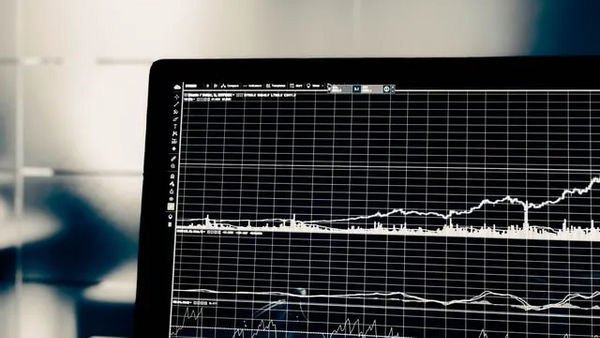Retail inflation in India fell to 7.04% in May, from an eight-year high of 7.79% in April. Despite a 0.75 percentage point decline in the consumer price index, the indices for ‘food and beverages,’ ‘clothes and footwear,’ ‘housing,’ and ‘fuel and light’ all increased from April.
Also Read| Wall Street enters bear market: What does it mean for investors
For the fifth month in a row, inflation has stayed over the RBI’s 6% upper tolerance limit. Furthermore, soaring global crude oil prices, along with rupee depreciation, may exacerbate inflation concerns. The RBI forecast last week that inflation would stay at 6.7%, above its mandatory band for the rest of the year.
Also Read| Everything that’s high: Snoop Dogg, his blunt roller’s salary and inflation
The central bank is expected to hike interest rates at bi-monthly monetary policy review meetings again in August and October, according to economists. In the previous two months, the RBI has raised interest rates by 0.9 percentage points.
Also Read| How Russia-Ukraine war is behind highest US inflation spike since 1981
Higher inflation reduces the value of one’s portfolio and certain debt instruments may provide returns that are lower than inflation. The cost of products and services soars, putting a strain on household budgets. Loans will also become more expensive and the equity markets may stay volatile owing to interest rate hikes by the central bank to fight inflation.
Also Read| Why US inflation is going up and when will it come down
For example, after a year, the value of Rs 1 lakh is reduced to Rs 93,423 at an inflation rate of 7.04%.
Also Read| 5 reasons why Indian rupee had a great fall
Investors need to keep inflation in mind while developing a strategy for their portfolios and look for investments that can provide long-term returns that outperform inflation. The key is to have the correct equity and debt allocation based on risk profile and goals. Analysts suggest SIPs to ride out the volatility.







